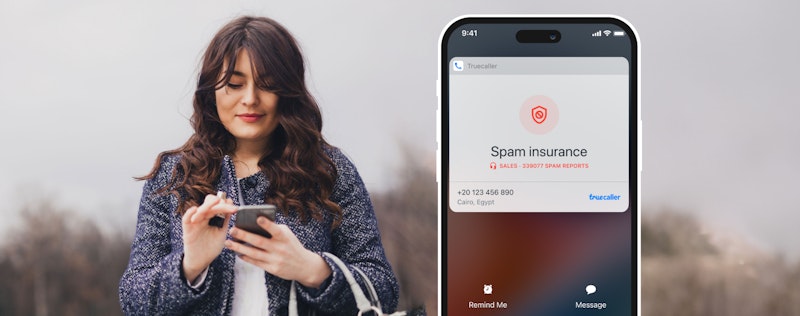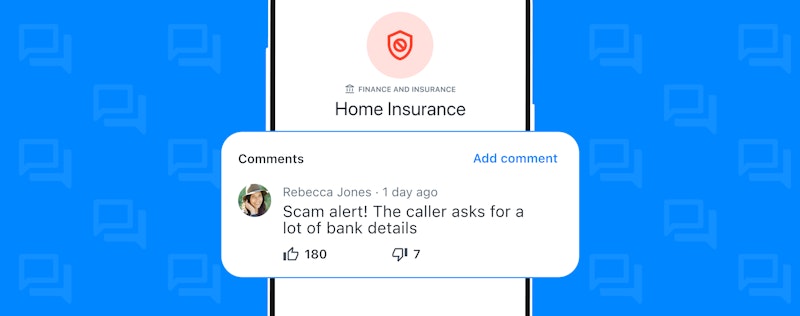
Coming to a Neighborhood Near You: Call Spoofing
Christina Gustavsson
Jul 5, 20193 min readEdited on May 11, 2020
Remember the days of “Won’t you be my neighbor?”
Now thanks to call spoofing, you’re probably saying, “Wait, you’re not my neighbor?”
What is call spoofing?
Call spoofing is when someone manipulates the information that you see on your caller ID so that you think they’re someone they’re not.
Neighbor spoofing takes it a step further by displaying a number with your area code, so that it looks like the call is from someone in your area. Fraudsters can even mirror real phone numbers, including yours! Some scammers even pretend to be real businesses or healthcare providers familiar to you.
Why do spoofers mimic numbers from your neighborhood? Because they know you’re more likely to pick up. Wouldn’t you be more inclined to answer a call from a number with your area code, a number that looks familiar and could easily belong to someone you know? That’s what neighbor spoofers are counting on.
Why it hurts Americans
Spam calls are a huge problem. Almost 50 billion robocalls were placed in the U.S. last year, and that record could easily be topped in 2019, with roughly 5 billion calls now reaching Americans every month, according to CNN reports.
Think you’re in the clear because you’re on a Do Not Call list? Think again.
Scammers don’t respect Do Not Call registries, and they use neighbor spoofing so that you’ll answer a call you might otherwise ignore. Once they have you on the line, they have more tricks for swindling your time, money, and sensitive information. These calls are so successful that our Truecaller Insights estimated 24.9 million Americans lost .9 billion in phone scams last year alone!
Even if you’re quick enough to hang up immediately after answering, that mistake could cost you. The thing is, as soon as you answer a call, that’s confirmation to spammers that your phone number is active. So, if you answer even one spoof call, you’re likely to get a lot more.
The Federal Trade Commission (FTC) and the FCC are doing what they can, as well as enlisting the phone and tech industries’ help. Truecaller has effective tools for combating spoofs and scams, and we’re continuously developing solutions.
3 Steps to avoid the neighbor spoof scam
1. Don’t pick up. If you answer by mistake, hang up immediately. Do not follow any prompts to press numbers, which can lead to fraudulent charges. You don’t want to get lured into answering any questions or engaging with the caller, because that just increases your risk of fraud and being retargeted.
2. Enable “Block neighbor spoofing” in the Truecaller app (this Premium feature currently available only on Android in the U.S. & Canada). With this feature, Truecaller can automatically block calls that match a sequence of digits in your phone number, which will greatly decrease the number of times your phone rings with neighbor spoof calls. The app won’t block numbers in your contacts, of course!
3. Set a password to your voicemail. Otherwise, call spoofers could gain access to your messages by mimicking your phone number. Setting a password is an easy way to keep them out.
Setting a password and ignoring calls can be effective strategies against fraud, but how do you avoid the aggravation of a constantly ringing phone? You can download Truecaller Premium on Android or iOS and silence those annoying calls before they even reach your phone.
While America may have seen a 39% increase in spam calls last year, Truecaller protects you by using our community’s feedback to determine which calls are spam. Together, we unmask their true identity as spammers. You won’t be fooled when these posers try to reach you, because Truecaller clearly labels all incoming calls on your screen.
We let you know when to pick up and when to let it ring!
To learn more about Truecaller Premium, check out our Premium page!

Christina Gustavsson
Jul 5, 20193 min read


